Bahram Javidi9780824707835, 0-8247-0783-4
Table of contents :
Image Recognition and Classification Algorithms, Systems, and Applications……Page 1
Preface……Page 4
Contents……Page 7
Contributors……Page 9
Table of Contents……Page 0
1.1 INTRODUCTION……Page 11
1.2 EIGENTARGETS……Page 14
1.2.1 Principal Component Analysis……Page 15
1.2.2 Eigenspace Separation Transform……Page 19
1.3 MULTILAYER PERCEPTRON……Page 21
1.4.1 PCAMLP as a Clutter Rejector……Page 28
1.4.2 PCAMLP as a Target Detector……Page 39
1.5 CONCLUSIONS……Page 42
ACKNOWLEDGMENT……Page 45
REFERENCES……Page 46
2.1 INTRODUCTION……Page 47
2.2 TARGET SEGMENTATION……Page 48
2.2.1 A Brief Description of the Segmentor……Page 49
2.2.2 Estimating the d Function……Page 50
2.3.1 Data Characterization……Page 51
2.3.2 Data Bases……Page 52
2.3.4 Internal Algorithms Parameters……Page 53
2.4 THE SEGMENTOR PERFORMANCE ANALYSIS EXPERIMENTS……Page 54
2.4.1 Performance on the 29-Palm Database……Page 57
2.4.2 Aberdeen Proving Ground Database Results……Page 58
2.4.3 Performance of Target Segmentation Algorithm on the Combined Databases of Aberdeen Proving Ground and 29-Palms……Page 65
2.5 CONCLUSION AND SUMMARY OF THE RESULTS……Page 68
REFERENCES……Page 69
3.1.1 Problem Definition and Scope……Page 71
3.1.3 Key Contributions……Page 72
3.2.1 Background……Page 73
3.2.2 Related Work……Page 75
3.3 SAR TARGET CHARACTERISTICS……Page 77
3.3.1 Azimuthal Variance of Scatterer Locations……Page 78
3.3.2 Scatterer Location Invariance……Page 80
3.3.3 Scatterer Magnitude Invariance……Page 82
3.3.4 Target Occlusion……Page 83
3.4 SAR RECOGNITION SYSTEM……Page 85
3.5.1 Configuration Experiments……Page 89
3.5.2 Articulation Experiments……Page 91
3.5.3 Depression Angle Experiments……Page 94
3.5.4 ROC Curve Results……Page 95
3.5.5 Integration of Multiple Recognizers……Page 97
3.5.6 Occluded Objects……Page 98
3.5.7 Occluded Articulated Objects……Page 104
3.6 CONCLUSIONS……Page 105
REFERENCES……Page 107
4.1 INTRODUCTION……Page 111
4.2.1 Edge Detection in Speckled Image……Page 112
4.2.2 Accuracy of Ratio Edge Detectors……Page 116
4.2.3 A Phenomenological Model for the Location Bias……Page 120
4.2.4 Multiorientation Edge Detection……Page 125
4.3.1 The Statistical Active Contour……Page 128
4.3.2 Segmentation Results……Page 133
4.3.3 Study of Segmentation Refinement……Page 134
4.4 STATISTICAL ACTIVE CONTOUR FOR MULTICHANNEL IMAGES……Page 136
4.4.1 Extension of the SAC to multichannel images……Page 139
4.4.2 Comparison of the Two Solutions……Page 142
4.5.1 The Statistical Active Grid……Page 143
4.5.2 Results……Page 146
APPENDIX: COMPARATIVE STUDY OF VECTORIAL AND SCALAR ALGORITHMS FOR MULTICHANNEL IMAGE SEGMENTATION……Page 150
Protocol……Page 152
First Case: Reflectivities Differ……Page 153
Second Case: Reflectivities Are the Same……Page 156
REFERENCES……Page 157
5.1 INTRODUCTION……Page 160
5.2 SYNTHETIC LADAR IMAGERY……Page 161
5.2.1 Synthetic Image Generation Algorithm……Page 163
5.2.2 Verification and Validation of Synthetic Imagery……Page 171
5.3 THE ATR ALGORITHM……Page 180
5.3.1 Prescreening……Page 182
5.3.2 Surface Fitting……Page 183
5.3.4 Match Evaluation……Page 185
5.3.5 Active Vision Approach to ATR……Page 187
5.4.1 Test on Simulated Images……Page 189
5.4.2 Test on Multilook ladar ATR……Page 190
5.4.3 Test on Real Images……Page 191
5.5 CONCLUSIONS……Page 193
REFERENCES……Page 194
6.1 INTRODUCTION……Page 197
6.3 DERIVATION OF THE OPTIMAL DISTORTION-INVARIANT MMSE FILTER……Page 198
6.3.1 Performance Metrics……Page 201
6.4.1 Target Set……Page 204
6.4.3 Optimality with Respect to the Design Criterion……Page 207
6.4.4 Discrimination of the Distortion-Invariant Filter……Page 209
6.4.5 ROC Curve Results……Page 214
6.5 SUMMARY……Page 222
REFERENCES……Page 223
7.1 INTRODUCTION……Page 225
7.2.1 Parallel Observation……Page 227
7.2.2 Converging Observation……Page 230
7.3.1 Joint Transform Correlator with Real Reference……Page 233
7.3.2 JTC with Complex Reference……Page 238
7.3.3 Three-Dimensional Hybrid Correlator……Page 242
7.4 CONCLUSIONS……Page 253
ACKNOWLEDGMENT……Page 254
REFERENCES……Page 255
8.1 INTRODUCTION……Page 256
8.2 DIGITAL HOLOGRAPHY WITH PHASE-SHIFT INTERFEROMETRY……Page 259
8.3 THREE-DIMENSIONAL PATTERN RECOGNITION WITH DIGITAL HOLOGRAPHY……Page 262
8.4 SHIFT-INVARIANT THREE-DIMENSIONAL PATTERN RECOGNITION……Page 269
REFERENCES……Page 281
9.1 INTRODUCTION……Page 285
9.2 ANALYSIS……Page 286
9.3 COMPUTER SIMULATION AND DISCUSSION……Page 289
9.4 CONCLUSION……Page 293
ACKNOWLEDGMENTS……Page 297
REFERENCES……Page 298
10.1 INTRODUCTION……Page 300
10.2 THE MACH FILTER……Page 301
10.2.1 Relation to the Filters for Nonoverlapping Noise……Page 304
10.3.1 Derivation of the Solution……Page 306
10.4 DISTANCE CLASSIFIER CORRELATION FILTERS……Page 310
10.5 TRAINING IMAGE REGISTRATION TECHNIQUES……Page 313
10.5.1 Registration of In-Class Training Images……Page 314
10.5.2 Optimization of Between-Class Separation for DCCF Synthesis……Page 316
10.6 A SAMPLE CASE STUDY……Page 321
REFERENCES……Page 325
11.1 INTRODUCTION……Page 327
11.2.1 Modeling……Page 329
11.2.2 Derivation of Optimum Nonlinear Composite Filter with Distortion Tolerant Capability……Page 331
11.3.1 Description of the Simulations and Correlation Output……Page 335
11.3.2 Performance Evaluations……Page 339
11.4 CONCLUSION……Page 350
REFERENCES……Page 351
12.1 INTRODUCTION……Page 381
12.2 REVIEW OF THE lp-NORM FILTER……Page 382
12.3 DERIVATION OF THE lp-NORM DISTORTION-TOLERANT FILTER……Page 384
12.4 PERFORMANCE OF THE lp-NORM DISTORTION-TOLERANT FILTERS……Page 389
ACKNOWLEDGMENTS……Page 399
Appendix A……Page 401
Appendix B……Page 402
Appendix C……Page 404
REFERENCES……Page 405
13.1.1 Background……Page 353
13.1.2 Face Recognition Technology……Page 354
13.2 EXISTING FACE RECOGNITION TECHNIQUES……Page 355
13.2.1 Two Problems in Face Recognition……Page 356
13.2.2 Solving the Illumination Problem……Page 357
13.2.3 Solving the Pose Problem……Page 360
13.3.1 The Subspace LDA System……Page 363
13.3.2 A Varying Albedo Illumination Model for Face……Page 364
13.3.3 The Self-Ratio Image r1……Page 366
13.3.4 Using a Generic 3D Face Shape……Page 368
13.3.5 Light Source and Pose Estimation……Page 370
13.4.1 Shadow and Implementation Issues……Page 371
13.4.2 Solving the Illumination Problem……Page 372
13.4.3 Solving the Pose Problem……Page 373
REFERENCES……Page 377
14.1 INTRODUCTION……Page 407
14.2.1 Linear and Nonlinear Correlators……Page 408
14.2.2 Metrics for Recognition Evaluation……Page 410
14.3 NONLINEAR FILTERING TECHNIQUES FOR DISTORTION-TOLERANT RECOGNITION……Page 411
14.3.1 kth-Law ECP-SDF……Page 412
14.4 ROAD SIGN RECOGNITION SYSTEM TOLERANT TO VARIOUS DISTORTIONS……Page 413
14.4.1 Tolerance to Scale Variations……Page 415
14.4.2 Tolerance to In-Plane Rotations……Page 416
14.4.3 Tolerance to Out-of-Plane Rotations……Page 420
14.5 POSTPROCESSING OF CORRELATION RESULTS……Page 423
14.6 ANALYSIS OF REAL IMAGES IN NONOVERLAPPING BACKGROUND……Page 424
14.7 SUMMARY……Page 426
REFERENCES……Page 428
15.1 INTRODUCTION……Page 431
15.2.2 The ASFS Algorithm as Basic Concept for the Development of Robust Recognition Process……Page 434
15.2.3 Evaluation of the ASFS Algorithm on a Test Problem……Page 437
15.3.2 The Nonlinear Cascaded Correlation Architecture……Page 441
15.3.3 Iterative Computation of the First Filter……Page 446
15.3.4 Numerical Simulations of the Correlation Intensities……Page 448
15.4.1 Introduction……Page 453
15.4.2 First Method: The Window Method……Page 454
15.4.3 Second Method: The Mask Method……Page 459
15.5.1 Introduction……Page 463
15.5.2 Analysis……Page 464
15.5.3 Theoretical Aspects……Page 466
15.5.5 Performances Evaluations on a Simple Test Problem……Page 473
15.5.6 Automatic Detection of Cancerous Cells Divisions……Page 478
15.5.8 Concluding Remarks……Page 481
15.6.1 Introduction……Page 482
15.6.3 Segmentation Algorithm Based on the Snakes Technique……Page 483
15.6.4 Application to the Cell Division Problem……Page 485
15.6.5 Self-Learning Recognition System for the Cells Division Recognition Problem……Page 486
15.7 GENERAL CONCLUSIONS……Page 489
ACKNOWLEDGMENTS……Page 490
REFERENCES……Page 491
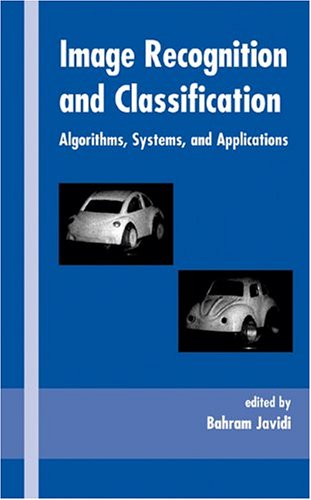
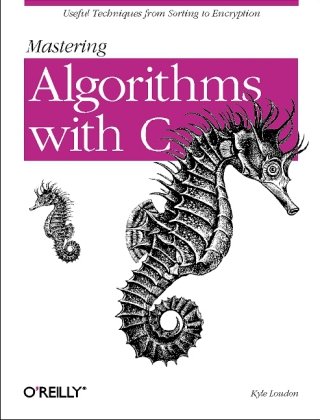
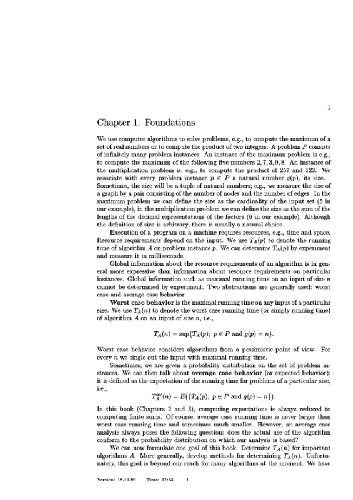
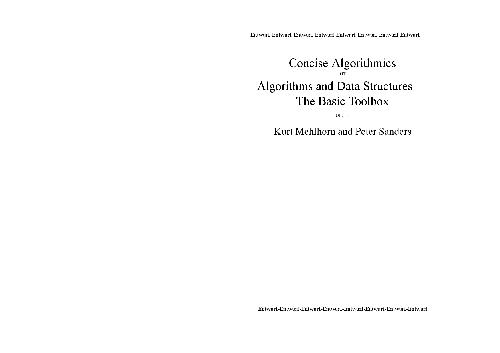
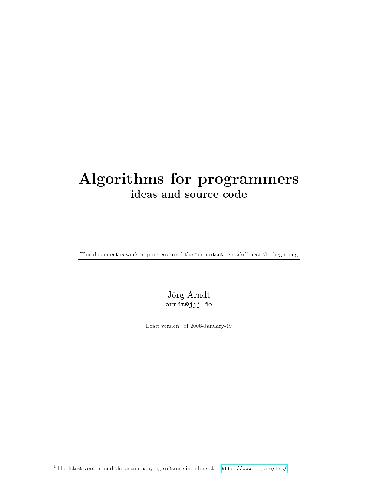

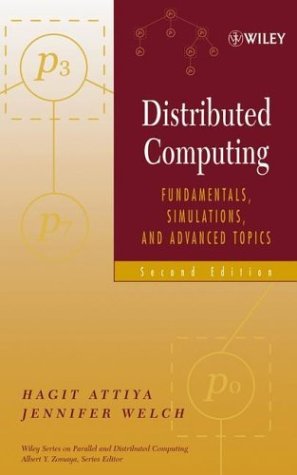
Reviews
There are no reviews yet.